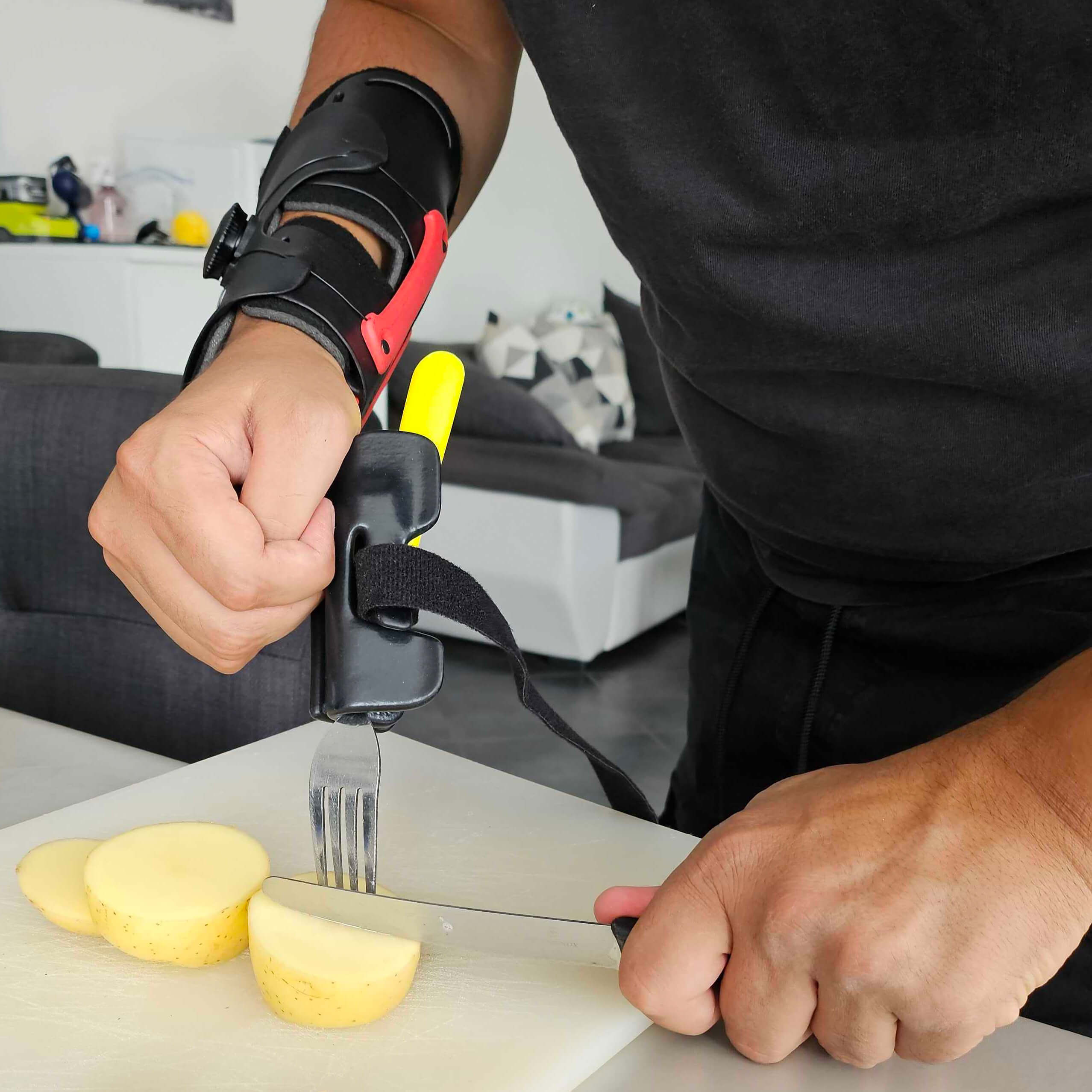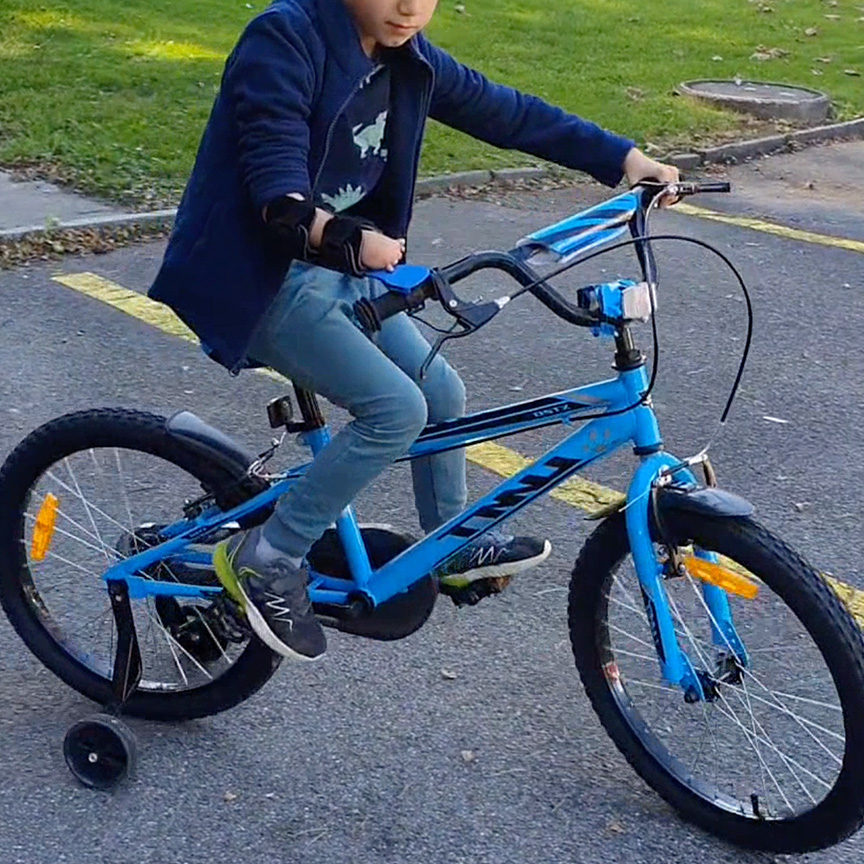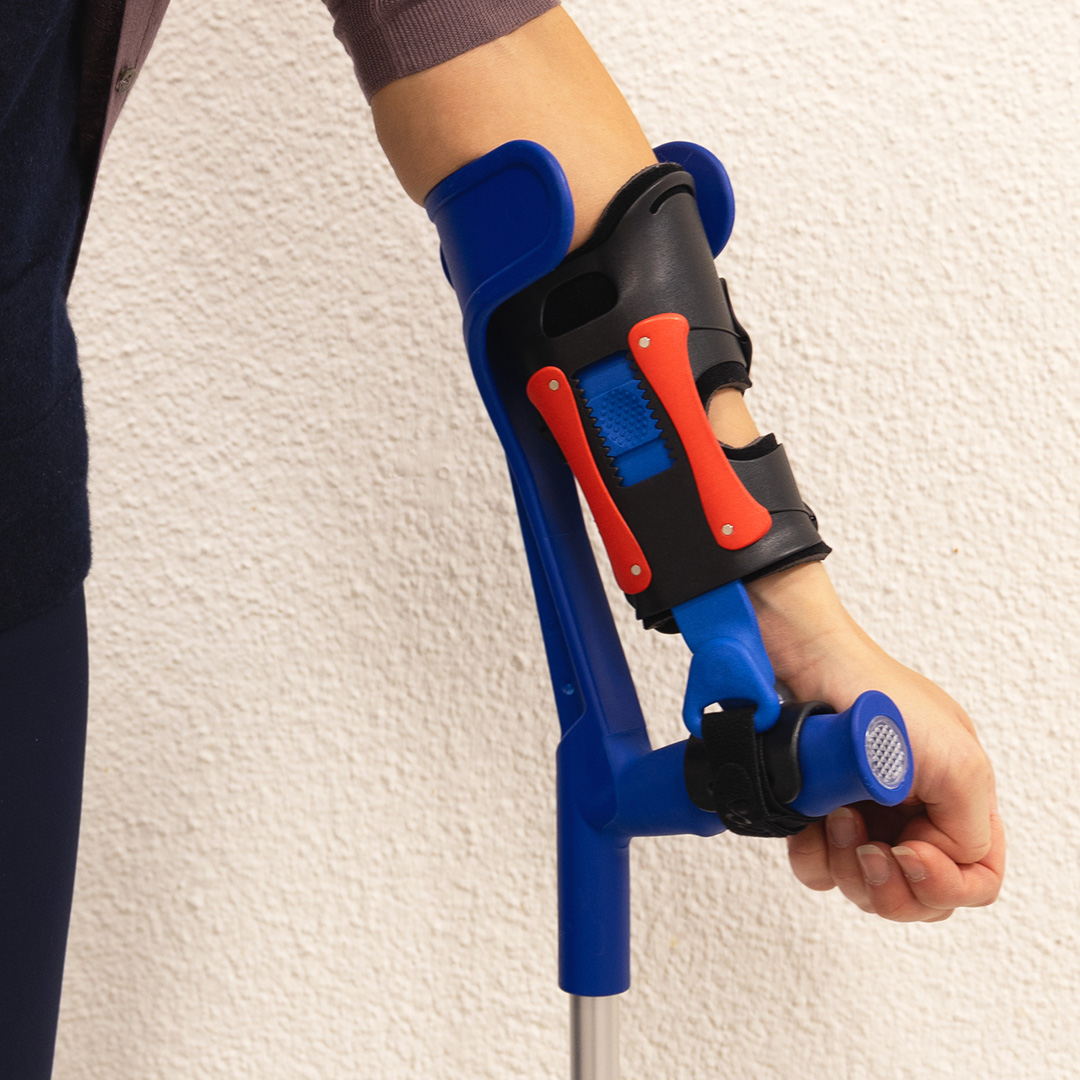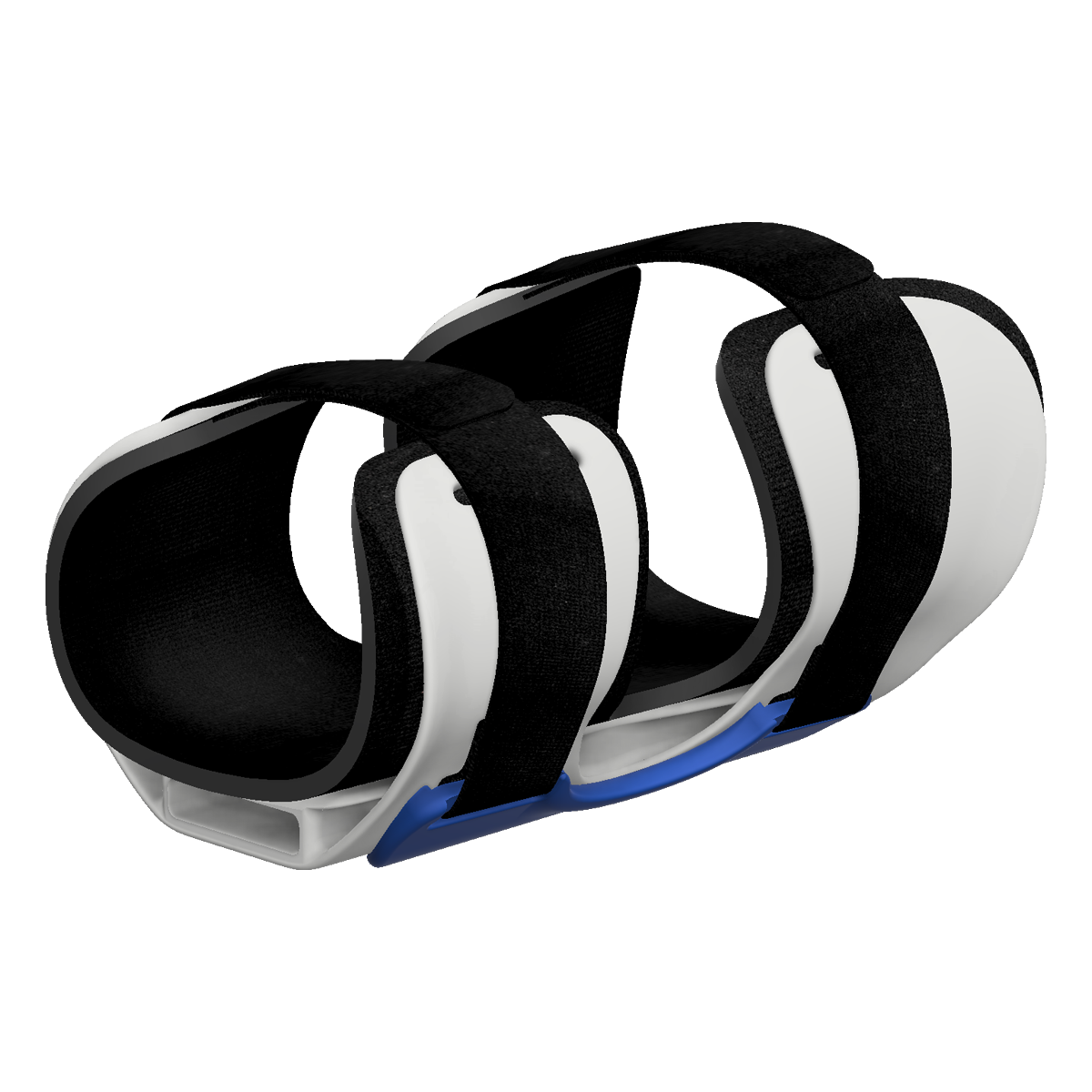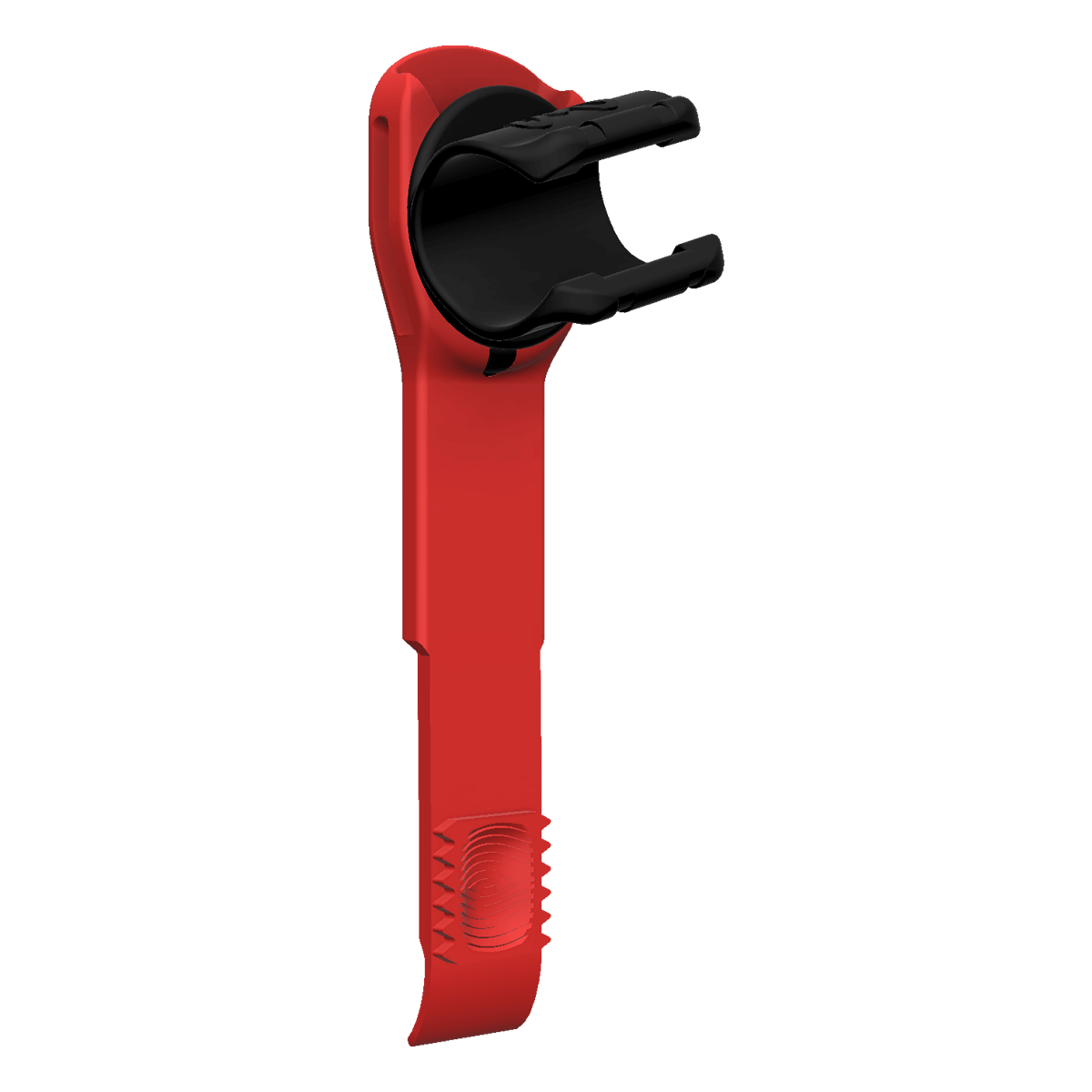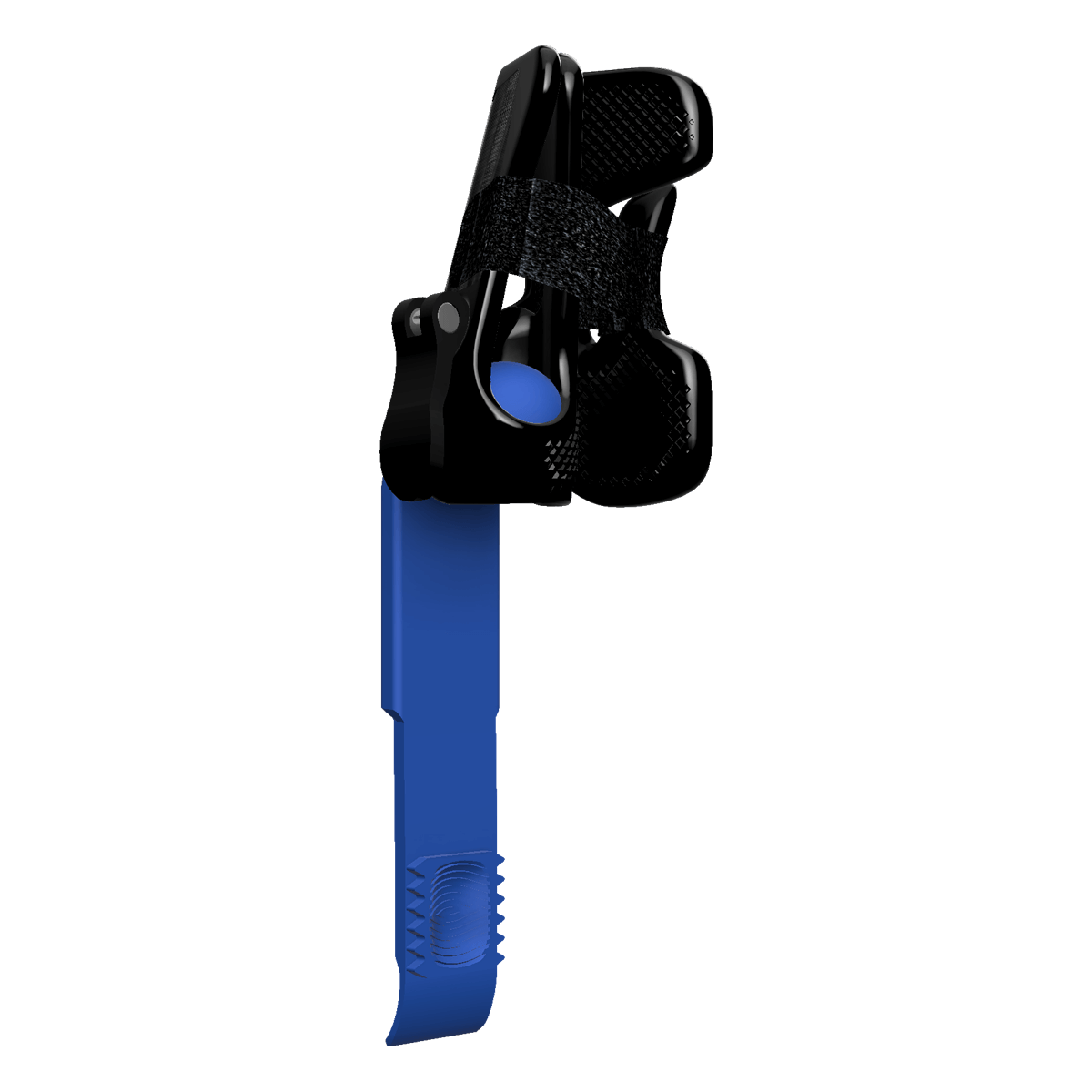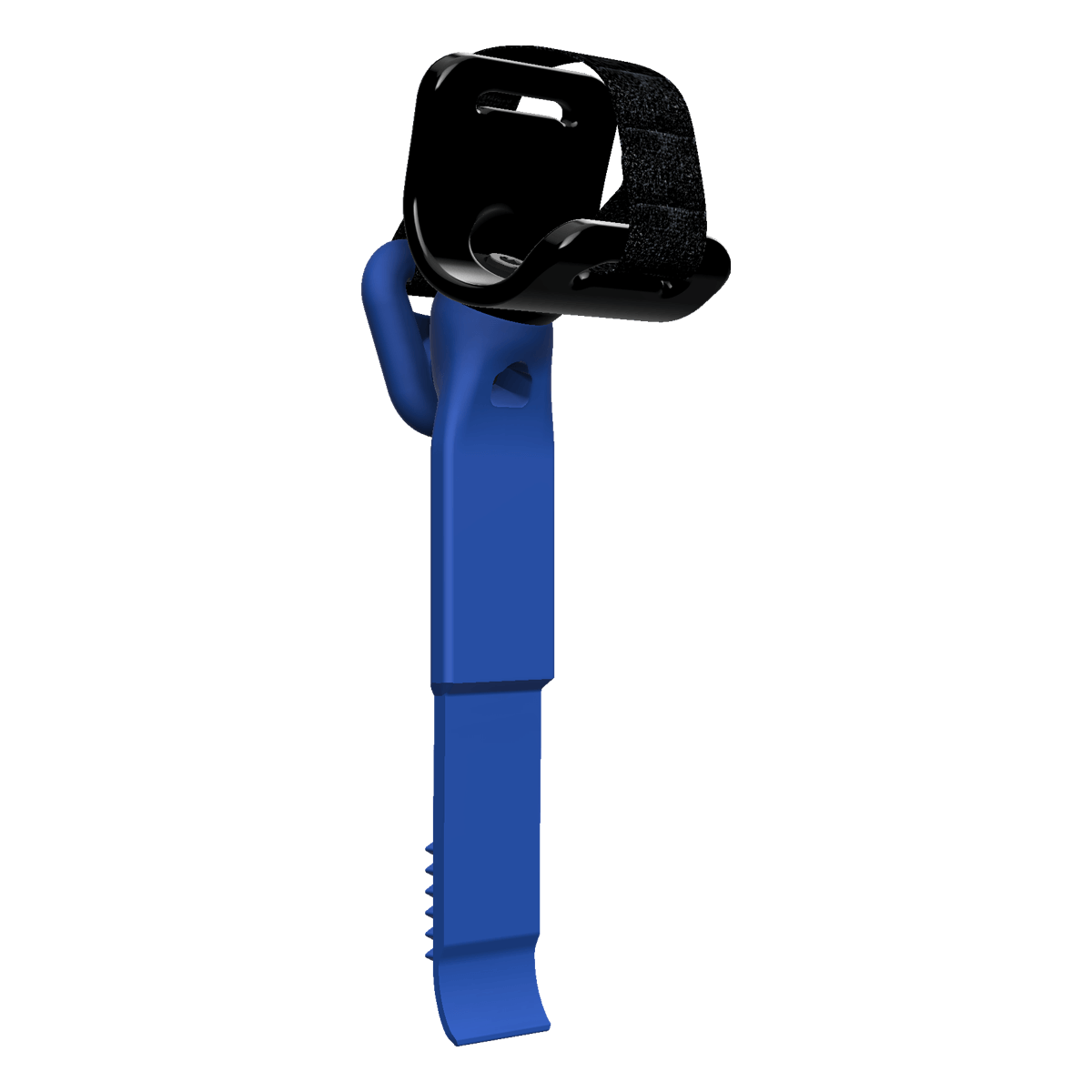This is how you use the Hook Module
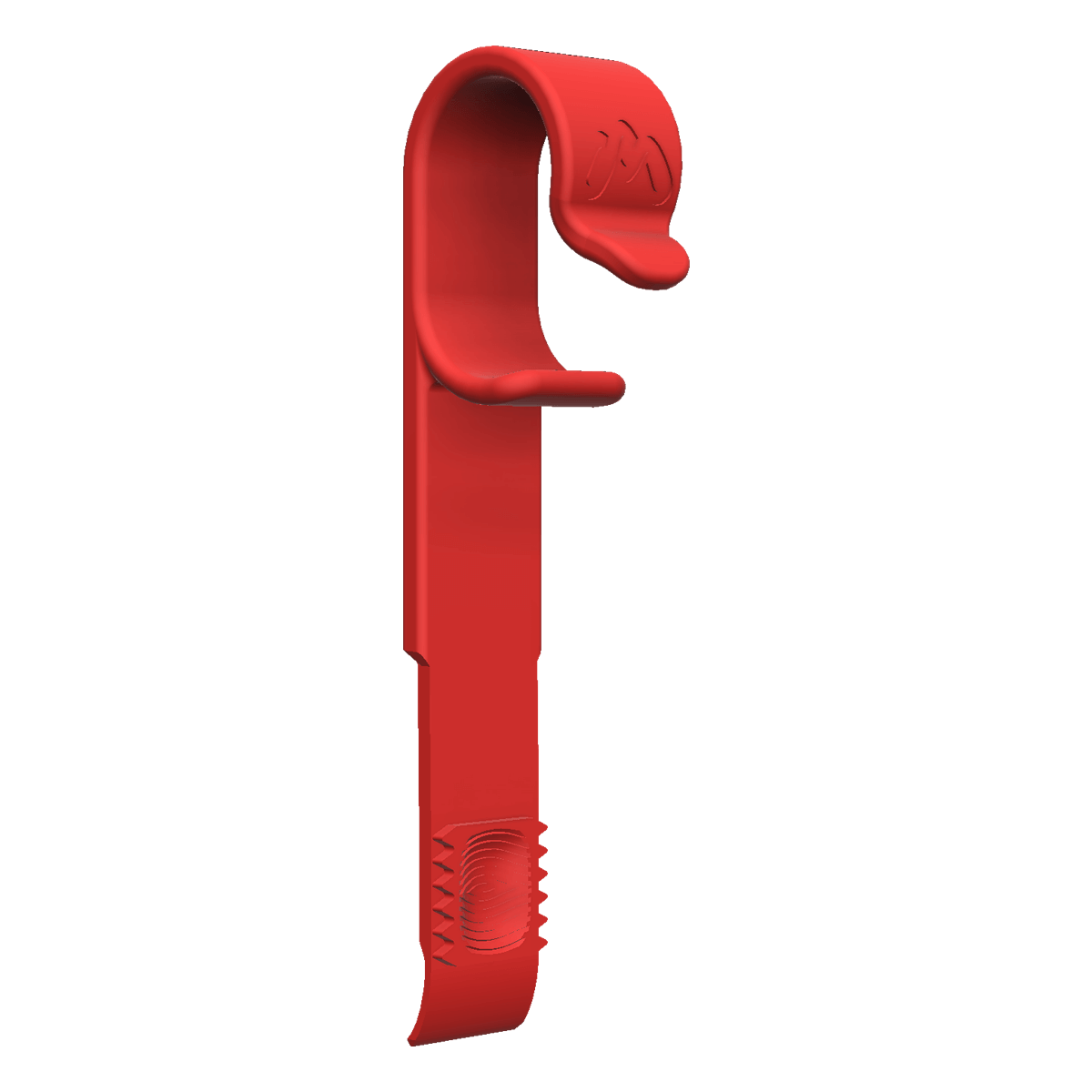
For activities where something needs to be carried, pulled or pushed away. It is a good companion when carrying a bag, pulling a suitcase or exercising in the gym. The force is transferred to the forearm and not the wrist.
see explanation video